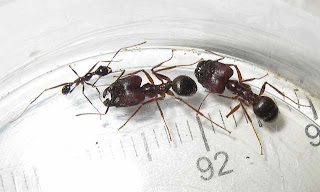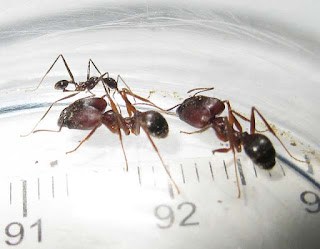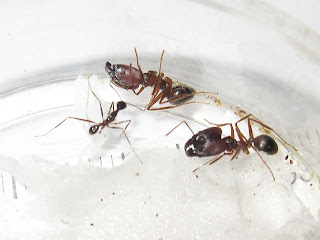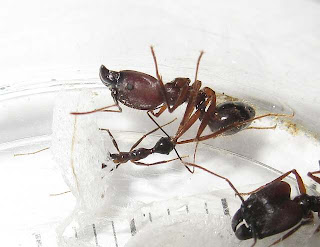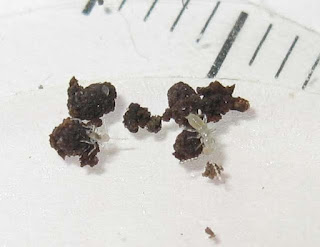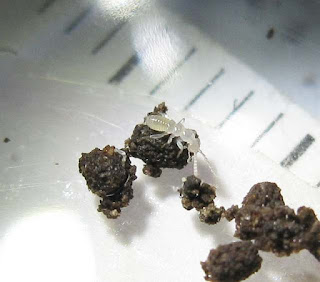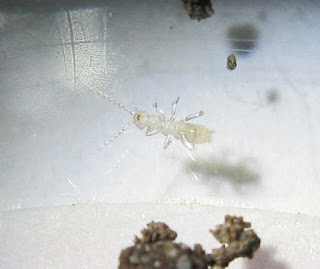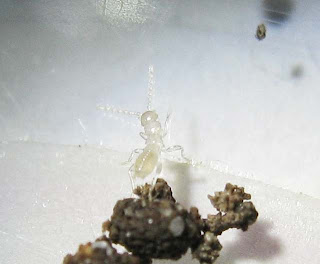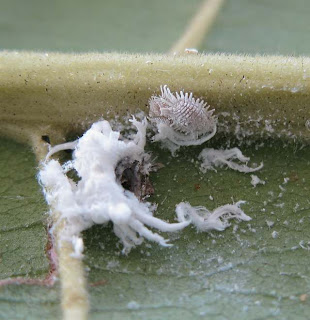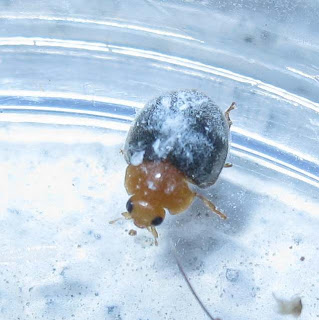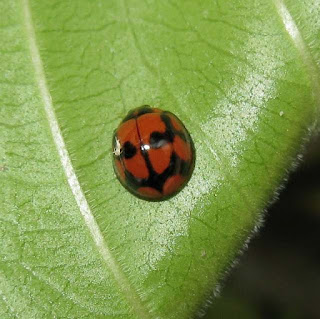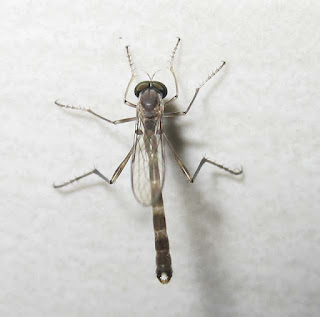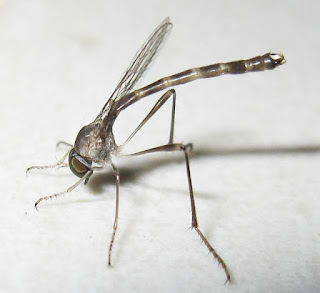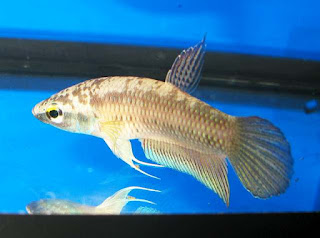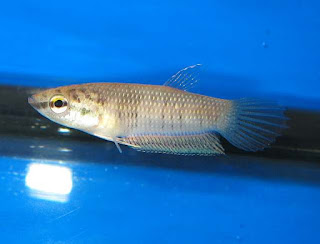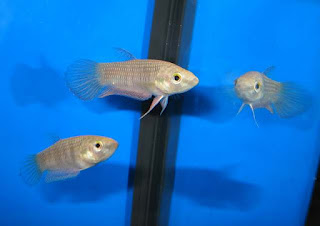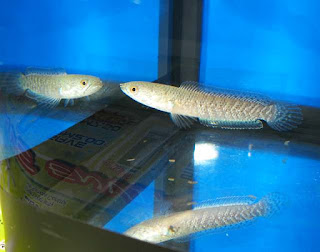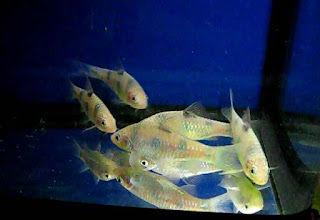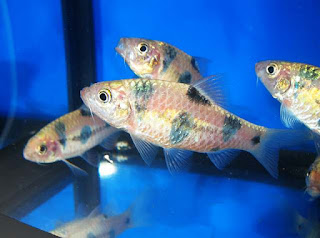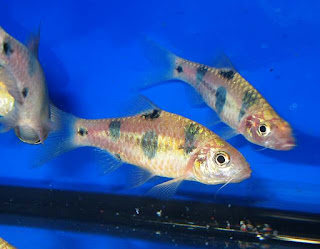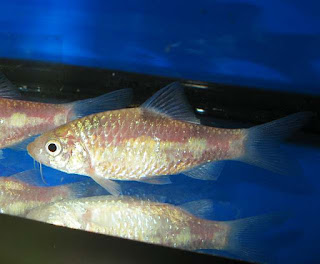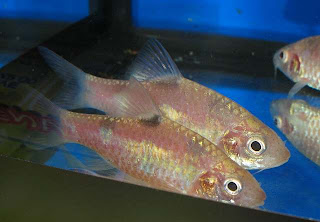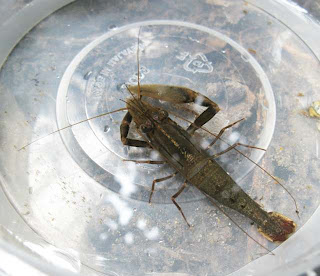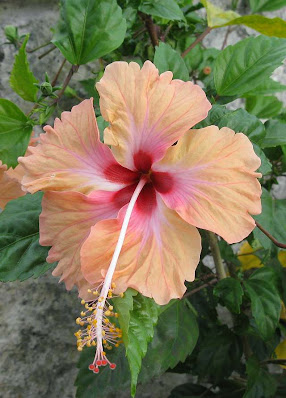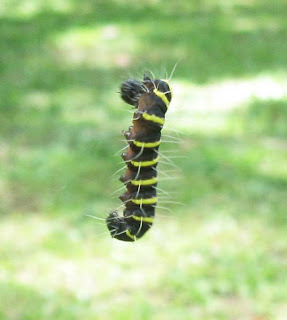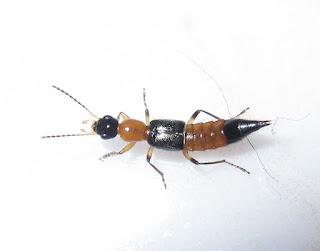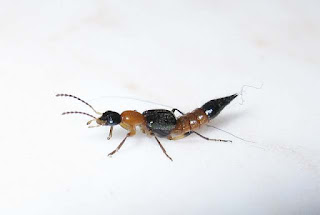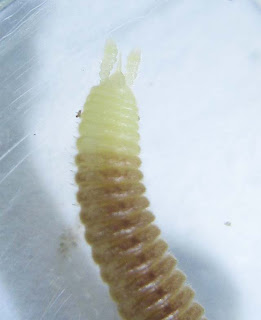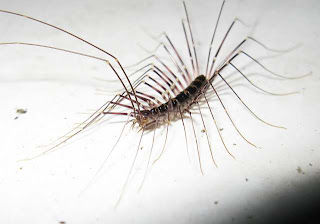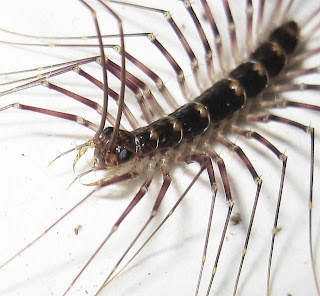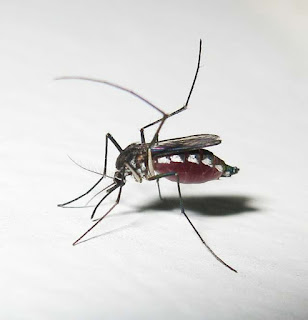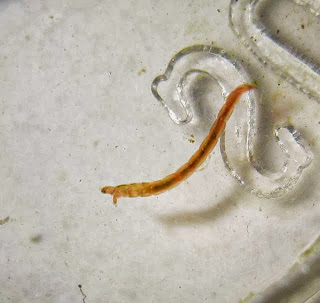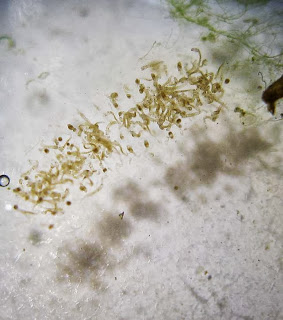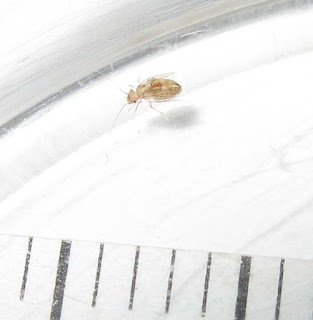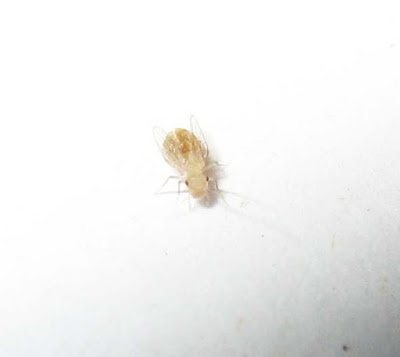I was in two minds whether to do such a page. But since there are some expressed interest in these other arthropods and I do have some photos on them I might just as well publish them since this whole blog exercise is intended as some sort of my public service contribution to the information data bank of the internet.
So this page showcase all other stuff relevant or otherwise (that I have taken photos of) that those who are interested in ants and termites might or might not be also interested in.
Some time in the future this post page will have a second page - page 2, Page 1 (this current Url) will contain the relevant or relate stuff (to termites and ants) and page 2 the irrelevant or non related stuff (all other stuff on animal and plant life that readers of this blog may find to be of interest). This is to reduce the load (loading time) on this page. Also as it is, I am already having trouble republishing (updating) this page every time I make some changes or add new images and texts.
Moss
Moss are tiny plants possible one step down from Ferns. But within the different moss the scale in size can be compared to that between trees and grass. Above are three different species of moss, the tiniest on the left followed by one of the larger then the more typical size (center top).
The tiniest (left) of moss are hair like growth that are thinner than human hair while one of the larger (right) can be as thick as some thinner grass blades.
Zorotypus are small insects belonging to the taxonomy family Zorotypidae of the order Zoraptera.
Zorotypus the Zoraptera
Zorotypus.
A Zorotypus.
Whip Scorpions
Schizomids or Shorttailed Whipscorpions. These are classified under the taxonomy Order of Schizomida of the Arachnida taxonomy Class of the Phylum Arthropoda (Sub Phylum of Chelicerata).
Vinegaroons or Whip Scorpions are much larger versions of Schizomids and are in the taxonomy order of Thelyphonida. Like Schizomids the first pair of legs of vinegaroons are modified as feelers.
A large vinegaroons or whip scorpion.
A female vinegaroon.
Vinegaroons kills their prey by crushing.
A female vinegaroon with her bag of eggs.
Scorpions
Most people are familiar with Scorpions as they have been widely portrayed as dangerous in many books and movies. They are also used as icons by many people and organizations. Scorpions are under the taxonomy order of Scorpiones.
A species of small common scorpion.
The large jungle scorpion.
The large jungle scorpion, Heterometrus spinifer.
Pseudo scorpion
Pseudo scorpions are mostly from small to tiny. This small specimen is one of the larger species.
Pseudo scorpion
Assassin Bugs
Assassins bugs are ‘true bugs’ classified in the taxonomy family of Reduviidae (Sub Family Heteroptera) under the order of Hemipterea (Insecta Class). They are true assassins in the sense that they may look pretty harmless without any powerful appendages like claws or mandibles. Their tiny head belies its true nature as these assassins' main weapons.
An assassin bug.
An assassin bug.
An assassin bug.
An assassin bug.
An assassin bug.

An assassin bug nymph that uses debris as camouflage. Some dragonfly larvae do this too.
An assassin bug.
An unusual looking assassin bug with extra long limbs and a modified front pair (of legs) into clasping "hands". This genus is less commonly found.
Cryptolaemus
Cryptolaemus are specialist predators of the mealy bugs which feed on plants' sap.
Larva of Crptolaemus sp.
Crytolaemus are true 'wolves in sheep clothing'.
Cryptolaemus are larvae of species of Ladybird.
Even after pupating into its adult form Cryptolaemus still hide under its 'sheep coat' to feed on mealy bugs (compare image above with image below where the 'sheep coat' was uncovered). Note the mealy bugs besides the left behind covering of the Cryptolanemus.
The Cryptolaemsus beetle uncovered.
The adult Cryptolaemus beetle.
A Ladybird beetle.
Robber fly
A Robber Fly, a predatory insect that is neither any robber nor a robber of flies.
Robber fly, Leptogaster sp
Aquatic Animals of the Rainforest
Here are some creatures that is next to impossible for me (using my autofocus camera) to photograph in their natural environment. But they constitute a major beautiful aspect of a tropical rainforest ecosystem. So here I present them in a confined artificial container to capture their beauty and colors.
A male Betta pugnax. Also known as the Jungle Betta, this species is found throughout this locale from as far north as Perlis all the way to Johore. Various specimens from different location shows significant scales and color differences. Betta pugnax typically grows to around 100 millimeters (10 centimeters) from tip of tail to tip of mouth.
A female Betta pugnax.
Juvenile Betta pugnax.
Juvenile Betta pugnax. Betta pugnaxs are sedentary labyrinth fish (family Anabantidae) that are found in the sides of fast moving streams hiding among the roots overhand and submerged leaves litter. They may migrate to shallow stagnant pools formed during the raining season to spawn.
The common snake head, Channa striata. This is a juvenile. (I don't have the facility to properly house a full grown specimen).
The Bigspot barb, Puntius dunckeri. This has been frequently label as Clown barb or Puntius everetti which it isn't. But then I am not the authority on name labels so if there is any disagreement just pretend I never said this.
Bigspot barb. Inhabiting mountain and rainforest streams this shy fish prefers shaded pools with heavy cover from leave litter and root overhangs.
Puntius dunckeri is one of the most strikingly beautiful fish of the Barb fishes with its golden peach-yellow scales contrasting against the large dark spots.
Puntius dunckeri when frightened or startled the darken spot will lighten to almost un-discernible.
When frightened or startled the darken spot of Puntius dunckeri will lighten to almost un-discernible.
A male shrimp. When younger it appears more like the common glass/grass shrimp being almost transparent. This shrimp grows to around 60 millimeters (6 centimeters).
IRRELEVANCES.
The bunga raya or hibiscus, Malaysia's national flower, in various sizes and colors.
The common red hibiscus.
Caterpillars
Of all insect babies those of butterflies surely are among the most impressive.
Tiger caterpillar.
Dragon caterpillar.
A caterpillar with new clothes. This caterpillar has just molted, the old skin on its left looks exactly like a discarded garment.
Many caterpillars are hairy, the hairs usually is a defence mechanism (aside from having warning colors). But this particular caterpillar has upped the ante.
This red/vermillion headed caterpillar is quite secure even without any serious hair covering.
Camouflage will have to do if you can't scare them from eating you.
But hairs are still needed to protect from small predators such as ants.
Caterpillar.
Caterpillar.
A cicada one of the many noise maker of the rainforest.
Spittle bug.
Rove Beetle
Paederus fuscipes the Rove beetle. This is the only beetle to ever make front page news in this location.
Paederus fuscipes the Rove beetle
Paederus fuscipes the Rove beetle, a beetle that is poisonous even to touch.
Rove beetle
Rove beetle.
A mole cricket.
Stick Insect (female)
Stick Insect (male)
Coleoptera? measuring around 22 mm (over 3/4 of an inch) or looks like an emerald ash borer, a giant version.
Coleoptera?
Disgusting licking sucker fly, Telostylinus sp.
Banana stalk fly is as disgusting as any housefly.
Centipede
At just over 1 centimeter a tiny centipede. This is the adult.
A unicorn millipede.
Thereuopoda longicornis, a long legged cave/house centipede.
Thereuopoda longicornis.
Thereuopoda longicornis.
Head louse or hair louse, a blood sucking parasite of human and other mammals.
The louse, a human and mammalian parasite.
The louse, a human and mammalian parasite.
A female mosquito a common blood sucking parasite of human, birds and mammals. Only females suck blood.
Mosquito eggs.
Mosquito larva.
Mosquito larva.
Mosquito pupa
Mosquito pupa.
Dragonfly larva.
Dragonfly larva.
Damselfly larva.
Imago midge fly - male.
Imago midge fly - female
Midgefly larva aka bloodworm
Bloodworm (midgefly) pupa.
Eggs of bloodworm (i.e. midgefly eggs).
Midgefly eggs hatching into larvae as bloodworms.
Water flea or daphnia.
Ostracod or seed shrimp.
Cyclop shrimp or copepod (center), moina (left middle) and ostracods (right).
Eggs (around 1 mm in diameter) of a species of earthworm. The three on left are casing only, the worms have hatched.
A Psocid the booklouse. Booklice are scavengers feeding on organic detritus such as plant material, molds, food scraps and human shedding. They are common in human buildings as they can thrive in a less humid or dryer environment.
Another Psocid, a barklouse. Barklice as the name suggest are commonly found on plants and trees but there are those found in dryer environment such as this species here that are found in homes and building. Though they have wings they can't fly but jump to escape predators such as small running and jumping spiders and even small to medium size ants. This Psocid scavenges on organic detritus such as mold, food scraps and tiny scraps of dead animals.
Forest psocids on leaf of a forest plant.
Psocids on leaf of a forest plant.
Psocids on the bark of a fallen tree.
Last Updated: 2022 04 24
First Posted: 2011 05 19
© 2011 – 2021 Quah. All rights reserved.

